Trans*, inter* and non-binary-hostile feminism (TIN*-hostile feminism)

With regard to the topic of gender, the widespread assumption still is that people belong from birth to either of two clearly distinguishable genders on account of physical characteristics: men and women. This idea goes along with the assumption, that the respective persons will also automatically identify with the gender they were assigned to at birth.
With the idea of two genders, entire areas of life, everyday situations, and objects that affect all people are divided into and constrained to two categories. From names to clothes and even colors to building measures, our society is still structured around categorizing people as either male or female. However, this binary view of gender fails to recognize the diversity and also complexity of gender identities, which are a deeply personal and subjective experience. The recognition of more than two gender identities has also been legally enshrined since 2018 through the amendment of the Personal Statute Act.
Not all people identify with the gender they were assigned at birth, such as trans* people. Nor do they necessarily have to feel that they belong to one of the binary genders and/or can also be non-binary. Non-binary (sometimes non-binary) individuals do not identify as either male or female. Individuals who do not conform to typical unambiguous notions of gendered body characteristics refer to themselves as inter* or also intersex individuals.
Trans*, inter*, and non-binary individuals are also collectively referred to by the acronym TIN*. More information about different gender identities and terminology can be found here (Germen version only).
Different Feminist Perspectives on Gender Diversity
Queer feminism is based on theories that assume that gender is not a exclusively biological category. Judith Butler and her philosophical writings is one of the most prominent representatives. From this perspective, people have a physical and a social gender (distinguished in English by sex and gender), which are linked to certain gender roles. These role models - i.e. the social concept of how a person should look and behave - are therefore not "naturally" given or biologically determined, but socially and culturally constructed, which also shows in the historical transformations of role models. Queer feminism criticizes the view that there are only two genders, man and woman, who desire each other, i.e. are heterosexual and advocates the existence of a whole range of genders, sexualities and forms of desire.
Moreover, queer feminist positions assume that all people can have very different experiences. For example, women who identify with their gender ascribed at birth (cis women) may experience very different forms of discrimination than trans*, inter*, and non-binary people. Other characteristics such as sexual orientation or identity, religious affiliation and worldview, racial attributions (based on phenotypic characteristics, presumed origin, religion, name, etc.), own and family migration experience as well as international educational biographies, social origin and family educational background as well as social and financial status, physical and mental impairments as well as chronic illnesses, age, family status and care responsibilities can also play a role. If a person is disadvantaged on the basis of several of these categories, this is referred to as multiple discrimination.
Intersectional feminism is also concerned with these multiple forms of discrimination. It emerged from the Black American women's movement and focuses on the intersection and mutual effects of different forms of discrimination. American law professor Kimberlé Crenshaw coined the term 'intersectional' as early as 1989.
In intersectional feminism, for example, the categories 'race' and 'class' are in focus in addition to gender. ‘Race’ refers to experiences of discrimination based on racist attributions, skin color, external appearance, language, migration history (in the family), or religion. ‘Class’ refers to social origin and is determined by a person's social status, for example by their or their parents’ income or education level. One of the most prominent representatives of intersectional feminism is Natasha A. Kelly.
Discrimination against TIN* persons
Due to the idea of a gender binary, trans*, inter* and non-binary persons are exposed to hurdles and discrimination in many everyday situations, because they seemingly do not conform to the social expectations of men and women. Many trans*, inter* and non-binary people experience discrimination and exclusion in their everyday lives. Especially trans *women experience gender discrimination, are more likely to be exposed to violence, and have less access to health care.
The exclusion of especially trans* people from feminist movements undermines the very core of various feminist movements: dismantling oppressive structures that perpetuate gender inequality and discrimination, eliminating restrictive gender norms that constrict all people in their gender identities, and a commitment to treating all people with dignity and respect.
Historically, the exclusion of trans* persons from the emancipation movements of marginalized groups is not a new phenomenon, but took place, for example, partly already in the women's and gay rights movements of the 1960s and 70s. For these groups, it was initially of great importance to describe women or homosexuals as subjects in order to be able to fight for their rights. However, this also repeatedly led to negotiations about who should belong and who should not.
Today's debates are also linked to this. Continuously, there are discussions about access to protected spaces such as women's shelters, restrooms, or locker rooms. Trans* exclusionary radical feminists argue that trans* women should not be granted access. This argument discriminates against trans*, inter*, and non-binary people because it denies their experiences, even their existence, and makes them feel like they don't belong in our society.
Solidarity and protection against discrimination
In recent years, gender diversity has gained more visibility and broader social acceptance in society. A more important step to make everyday life for trans*, inter* and non-binary persons less discriminatory are legislative provisions that make gender diversity also legally visible. In this sense, the planned self-determination law should also ensure and strengthen the rights for trans*, inter* and non-binary persons.
Similarly, an inclusive and diverse feminist movement should advocate for the rights, inclusion, and discrimination protection, as well as recognize the diversity of gender identities and the self-determination of all people. The legitimate needs of marginalized groups should therefore not be played off against each other.
Links and sources
- „In die rechte Ecke“ (Sibel Schick, 2020)
- „TERFs Falsche Freundinnen – Feminismus für privilegierte Frauen“ (Mine Wenzel, 2021)
- “I'm credited with having coined the word 'Terf'. Here's how it happened“ (Viv Smythe, 2018)
- „Entwicklungen der Trans*bewegung in Deutschland“ (Adrian de Silva, 2018)
- „Geschlechtliche Vielfalt“ (Bundeszentrale für politische Bildung, 2017)
- „Hä, was heißt denn SWERF und TERF? – Nicht überall, wo Feminismus draufsteht, ist auch Feminismus drin.“ (Hengameh Yaghoobifarah, 2016)
- „Hä, was heißt Radikalfeminismus?“ (Mithu Sanyal, 2020)
- Studying at Goethe University
- International applicants
- Faculties
- Overview of study programmes
- Programme for refugees
- GRADE
- Goethe Business School (continuing education)
- Research at Goethe University
- Scientific news
- Goethe Welcome Center (for international researchers)
- Collaborative research projects
- Individual research
- Visiting fellowships
- Endowed chairs
- About the University
- News-in-brief
- University administration
- Campus locations
- Campus life
- University archives (German)
- Rhine-Main-Universities





